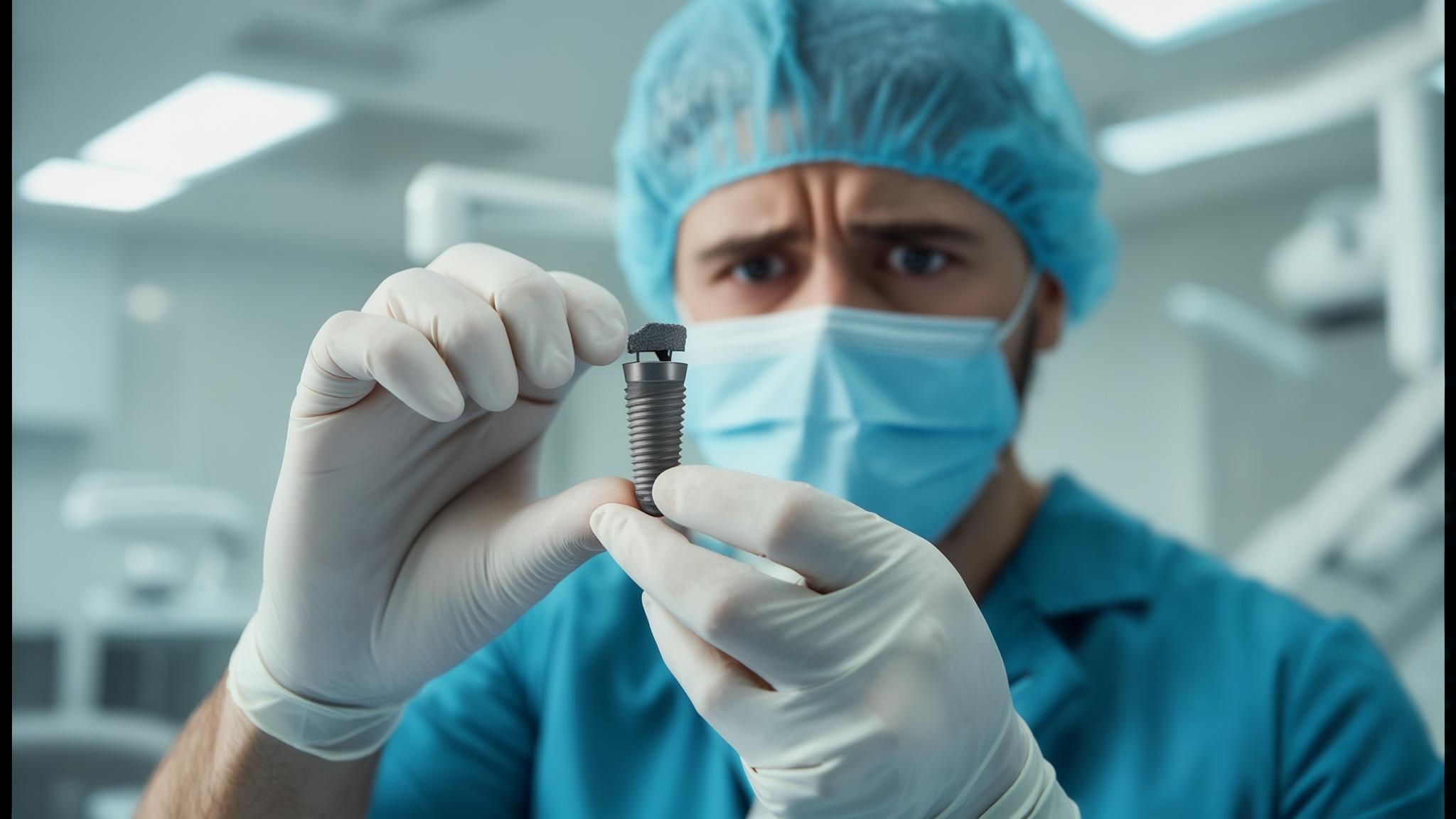Understanding Dental Implants
Dental implants are a marvel of modern dentistry, offering a durable and aesthetically pleasing solution for missing teeth. They consist of three main components:
- Implant Post: This is a titanium screw that is surgically placed into the jawbone, acting as a root for the new tooth.
- Abutment: A connector placed on top of the implant post, serving as a base for the dental crown.
- Dental Crown (Cap): The visible part of the implant that looks and functions like a natural tooth.
Functions of the Dental Implant Cap
The dental implant cap plays a vital role in both aesthetics and functionality. It provides a natural appearance, enhancing your smile, and it aids in chewing and speaking, just like a real tooth.
Common Reasons for Losing a Dental Implant Cap
Even though dental implants are designed to be robust, the cap can sometimes become dislodged due to:
- Wear and Tear: Over time, the cap may loosen due to constant use.
- Trauma or Injury: An accidental blow to the face or mouth can dislodge the cap.
- Poor Oral Hygiene or Maintenance: Neglecting oral care can weaken the bond between the cap and the abutment.
Immediate Steps to Take After Losing a Dental Implant Cap
Assess the Situation
First, remain calm and assess the situation:
- Check for Pain or Discomfort: Determine if there is any pain or discomfort that needs immediate attention.
- Inspect for Bleeding or Swelling: Look for any signs of bleeding or swelling around the implant site.
Gather the Lost Cap if Possible
If you can find the cap, keep it safe. It might be useful for your dentist to evaluate the cause of the loss and potentially reuse it.
Maintain Oral Hygiene
While waiting for your dental appointment, maintain good oral hygiene:
- Rinse Gently with Warm Salt Water: This can help cleanse the area and reduce the risk of infection.
- Avoid Using the Affected Area for Chewing: Protect the implant site from further damage.
When to Seek Emergency Dental Care
Signs That Require Immediate Attention
Certain symptoms indicate the need for urgent dental care:
- Severe Pain or Swelling: This could indicate a problem with the implant or surrounding tissue.
- Bleeding That Does Not Stop: Persistent bleeding needs professional evaluation.
- Signs of Infection: Fever or pus around the implant area are red flags.
How to Contact Your Dentist
Having emergency contact information for your dentist is crucial. When calling, provide details about the situation, any symptoms, and whether you have the cap.
What to Expect During a Dental Visit After Losing a Cap
Examination by the Dentist
Your dentist will:
- Perform a Visual Inspection and Possibly Take X-Rays: To assess the condition of the implant and surrounding tissue.
- Evaluate the Overall Health of the Implant: Ensuring no further issues are present.
Treatment Options Available
Depending on the assessment, your dentist may:
- Replace the Cap: If it can be reused or a new one is needed.
- Repair the Underlying Implant Structure: If there is damage.
- Discuss Additional Procedures: If further intervention is necessary.
Preventive Measures to Avoid Losing a Dental Implant Cap
Importance of Regular Dental Check-Ups
Regular visits to your dentist help monitor the condition of your implants and address issues early.
Maintaining Good Oral Hygiene Practices
- Brushing and Flossing Techniques: Use gentle, non-abrasive methods to clean your teeth.
- Using Non-Abrasive Toothpaste: Protects the integrity of the dental cap.
Avoiding Hard Foods and Habits That Could Damage the Cap
- Chewing Ice or Hard Candies: These can stress the cap.
- Managing Bruxism (Teeth Grinding): This habit can wear down the cap and implant.
Conclusion
Losing a dental implant cap can be alarming, but understanding its importance and knowing the immediate steps to take can help manage the situation effectively. By staying proactive about your dental health and seeking professional care when needed, you can ensure the longevity and functionality of your dental implants.
References
For further reading and resources, consider visiting:

